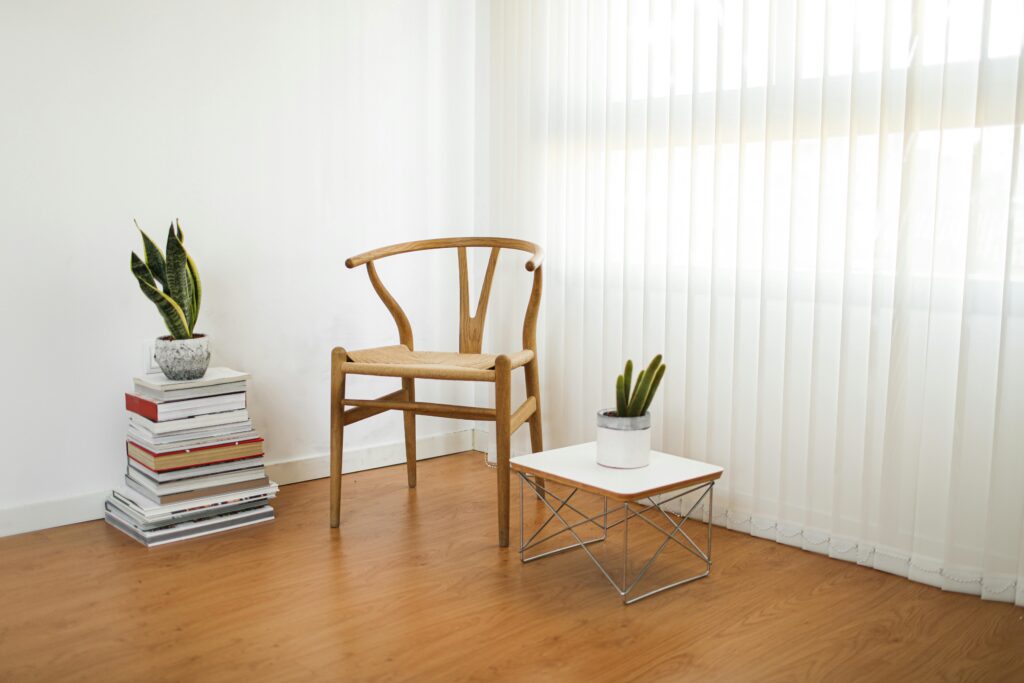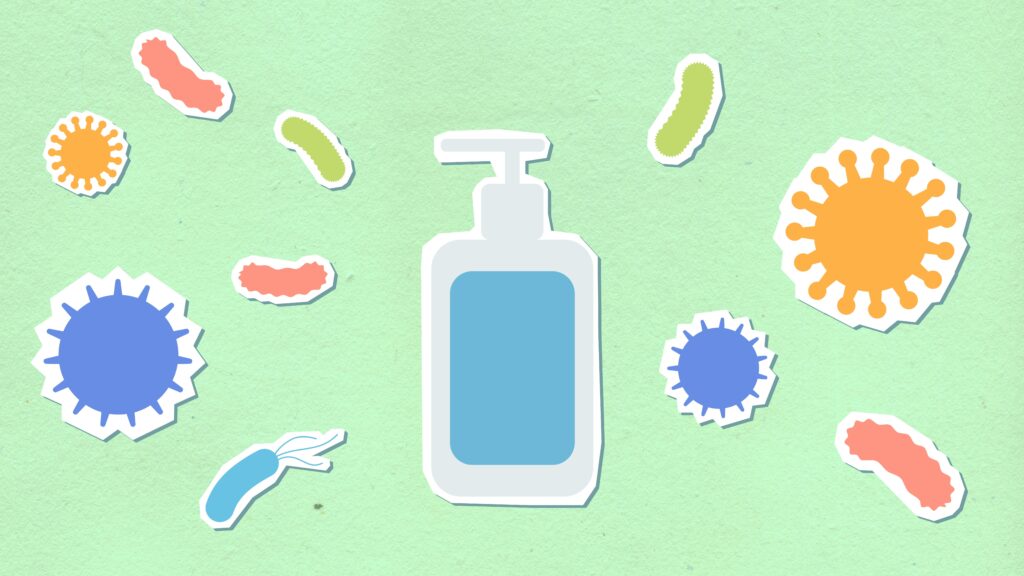
Did you know that indoor air can sometimes be more polluted than outdoor air? From dust mites and pet dander to harmful chemicals and mold, pollutants can make breathing difficult and trigger health issues. While the problem might seem overwhelming, improving your indoor air quality is achievable with simple, effective strategies.
Let’s explore the best ways to breathe easier and create a healthier, more comfortable home.
1. Maximize Natural Ventilation
One of the easiest ways to improve indoor air quality is by allowing fresh air to circulate. Open windows and doors for at least 10–15 minutes daily, especially after activities like cooking or cleaning.
Pro Tip: If you live in an area with high outdoor pollution or allergens, try to ventilate during off-peak times or after rainfall, when the air is cleaner.
2. Incorporate Air-Purifying Plants

Houseplants don’t just look pretty—they can also help clean the air. Some of the best air-purifying plants include:
- Snake Plant: Removes toxins like formaldehyde and benzene.
- Peace Lily: Absorbs VOCs (volatile organic compounds) and produces oxygen.
- Boston Fern: Known for its humidifying properties.
These plants act as natural air filters, but remember to avoid plants that might trigger allergies in sensitive individuals.
3. Invest in an Air Purifier
Air purifiers are especially beneficial for homes with pets, smokers, or allergy-prone residents. Look for purifiers with HEPA (High-Efficiency Particulate Air) filters, which are highly effective at trapping airborne particles, allergens, and even bacteria.
Quick Fact: Modern air purifiers can reduce up to 99.97% of harmful particles as small as 0.3 microns.
4. Maintain Optimal Humidity Levels
Humidity plays a crucial role in indoor air quality. Too much moisture can encourage mold and mildew growth, while too little can dry out your skin and respiratory system.
- Use a dehumidifier to keep humidity levels between 30% and 50%.
- In dry seasons, consider using a humidifier to prevent the air from becoming too dry.
- Place moisture absorbers in damp-prone areas like basements and bathrooms.
5. Replace Air Filters Regularly
Your HVAC system works hard to maintain airflow in your home, but dirty filters can reintroduce pollutants into the air. Replace filters every 1–3 months to keep your system running efficiently and your air cleaner.
Expert Tip: Opt for high-quality, allergen-reducing filters for better results.
6. Use Non-Toxic Cleaning Supplies
Many conventional cleaning products release harmful VOCs that linger in the air. Switch to eco-friendly, non-toxic cleaners that are safe for both your family and the environment. Better yet, try making your own natural cleaners with simple ingredients like vinegar, baking soda, and lemon.
7. Deep Clean Regularly

Dust and allergens can easily accumulate on surfaces, carpets, and even curtains. Regular cleaning is crucial for maintaining healthy air quality.
- Vacuum carpets and rugs with a vacuum equipped with a HEPA filter.
- Mop floors using water or non-toxic solutions.
- Wash bedding, curtains, and fabric furniture covers frequently.
Don’t Forget: Clean overlooked spots like ceiling fans, air vents, and window sills to prevent dust buildup.
8. Avoid Synthetic Fragrances
Air fresheners, scented candles, and plug-in diffusers may smell good, but they often release harmful chemicals into the air. Replace these with natural options like essential oil diffusers or soy-based candles.
9. Minimize Indoor Pollutants

- No Smoking Indoors: Secondhand smoke contains over 7,000 chemicals, many of which are harmful. Establish a no-smoking policy for your home.
- Reduce Use of Aerosols: Hair sprays, cleaning sprays, and aerosol-based products can release fine particles into the air. Opt for non-aerosol alternatives.
10. Implement Natural Air Fresheners
Instead of relying on chemical sprays, freshen up your home with:
- Simmer pots: Boil water with citrus peels, cinnamon sticks, or cloves for a natural aroma.
- Baking soda: Place bowls of baking soda around the house to neutralize odors.
Activated charcoal bags: These are excellent for absorbing odors and moisture.
Why Prioritize Indoor Air Quality?
- Protect Your Health: Breathing clean air reduces the risk of respiratory issues and allergies.
- Improve Comfort: Cleaner air means fewer irritants, making your home a more relaxing place.
- Boost Productivity: Studies show that better air quality enhances focus and reduces fatigue.
Your Path to Cleaner Indoor Air
Improving your indoor air quality doesn’t have to be overwhelming. By combining better ventilation, regular cleaning, and smart tools like air purifiers, you can create a space that’s healthier and more inviting.
Ready for a breath of fresh air? Contact our team for residential cleaning services today! We’ll help you maintain a cleaner, healthier home environment, so you can focus on what matters most.



